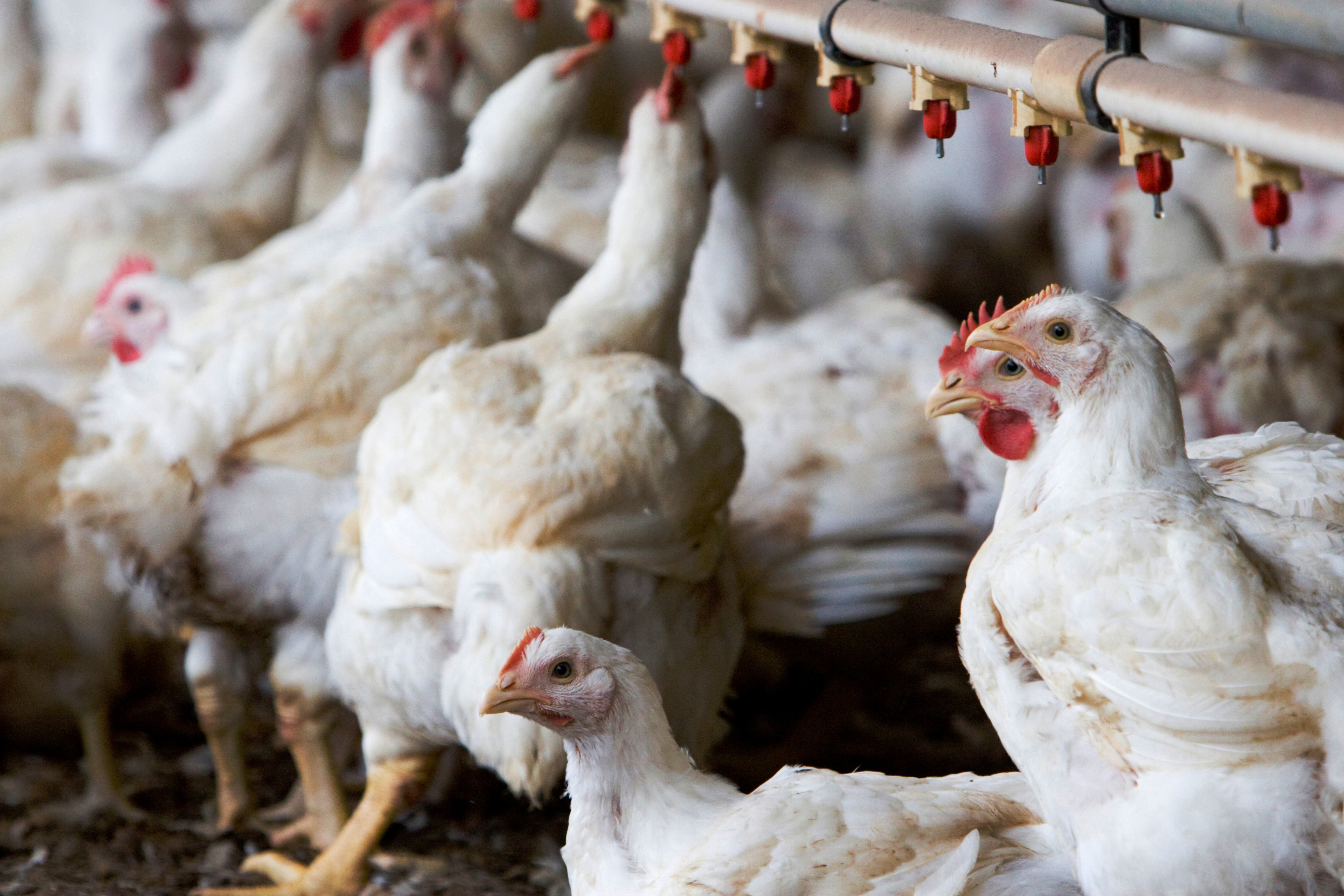



Thinking of starting a poultry business? Here’s what you need to know
Find out some key steps to take before you decide to start producing poultry on a commercial scale.The safety and overall health of poultry operation owners and workers are closely connected to comprehensive farm-enterprise wellbeing. Without a stable foundation in place for a newly built or purchased poultry farm, safety and well-being on the barn floor cannot thrive. To increase the chances of success, newcomers entering the industry must construct an organised plan outlining: an acceptable property location; accurately designed and built barns and equipment; well understood company contracts; and a cultivated relationship with poultry company and health representatives.
Beyond this, there is a need for substantial financing for:
- Initial investment
- Upgrades
- Repairs
- Training
- Zoning and regulatory base awareness
- Waste management systems
- Financing for additional day-to-day farming demands
This daunting list of requirements can be counteracted with exacting preparation to establish the foundation of individual farm stability and can become the basis for maintaining overall farm health.

Knowledge of the industry and extensive training is crucial for any potential entrants to the poultry industry. The National Chicken Council states that in the United States, 95 percent of all broiler chickens are raised by approximately 25,000 family farms and, according to the USDA, 97 percent of the nation’s poultry farms work with a big producer, with the four largest controlling more than half the chicken and turkey markets. The large companies or integrators use a contract system that provides a consistent supply of product including chicks, pullets, feeds and medications, along with technical support to the independent farmers, who in turn own the debt for the chicken houses and equipment required to raise them.
Integrator Tyson Foods states: “We work closely with our farmers, including regular visits from our service technicians and animal-welfare specialists to provide technical advice, answer questions and ensure best animal-management practices.”
For new US producers, location is everything and a feasibility study researching placements of existing suppliers and key role-players is essential. Generally, companies require new farm facilities to be in close proximity to complex operations such as hatcheries and feed mills. According to USDA data, a farmer in a geographical location near only one supplier will receive on average 8 percent less gross income than a farmer located near four integrators or poultry companies. This improves when two integrators are nearby, as gross income in that case is only 4 percent lower.
Once a potential location is selected, new operators should discuss building, management and waste-disposal plans with appropriate authorities and familiarise themselves with state and local laws regarding zoning and environmental impacts before proceeding. Barn and equipment design and specifics will vary by integrator preference and will need to be clarified with company representatives.
Contract before construction
Often an agreement with a poultry company will be required before financing can be arranged and construction can begin. Building chicken houses from scratch is expensive, with a single unit averaging anywhere from $200,000 to $280,000 or more, including site preparation, construction, equipment, wiring and plumbing. In addition, companies may prefer more than one chicken house per farm. With these requirements, a farmer’s land, home and other assets can be tied into large financial loans. It is imperative to meet with lending agencies to determine the availability of financing, interest rates and payment schedules before commitments are finalised.
A firm understanding of the payment system is also a prerequisite to starting out in such a large venture. The National Chicken Council stresses the importance of establishing a contract by stating, “Through the contract growing system, processors reduce uncertainties in production and marketing by controlling quality and quantity of their products and diversify their operations to better meet consumer demands of high quality, economical chicken products.” These contracts can range in length of time from one flock to 10 years, although Tyson Foods states their normal contracts with producers average between three and seven years.
Dan Cunningham, extension leader of poultry science at the University of Georgia, says, “Having an independent broiler-growing operation is no longer feasible. The costs are too high and the risks are too great.” He adds, “Once producers are interested in contract broiler production, the first thing to do is to contact the broiler companies within your area to find out if they are interested in contracting with new producers. Get copies of the companies’ specifications for buildings, equipment, scheduling and contracts. Do not invest in land, buildings or equipment until you have written assurance from a broiler company that they will offer you a contract to grow broilers for them.”
Prepare to compete
Farmers are paid according to a “tournament system” that, at its core, pits one against another. Income for the producer is based on their efficiency in comparison to a pool of farmers whose chickens are harvested around the same time. Those who produce the most amount of meat by using the least amount of feed are paid higher than the average, while those who fall beneath the average receive less.
“The ones on the top of the list realise that it is a 24/7 job and that you have to be able to commit to that to be successful,” says Tom Tabler, PhD, poultry professor at Mississippi State University Extension.
It is vital for new entrants to be aware that these large companies’ strategies are driven by the industry-regulated supply and demand markets, prompting them to modify arrangements with producers – which may affect farm income at times. Often, upgrades to equipment can be mandated or numbers of flocks reduced, requiring farmers to seek new loans. Although not forced to make changes, producers often feel their hands are tied and must comply or lose their only customer.
Excess cashflow should be available for ongoing building and equipment maintenance. Farmers may work harder than their neighbour but must realise they cannot depend on being an above-average producer for every single contract or flock. Even with perfect management effort, there is substantial risk and reserves may be required to cover periods of low income.
Never stop learning

Although the process of entering the poultry industry in the United States can appear daunting, if aspiring entrants do their homework, it can be approached with optimism. Exploring a feasible location option, following local state and regulatory laws, meeting with poultry-company personnel and other producers in the area is the basis of a good foundation. A new farming operation can become established and work efficiently and productively if supported by adequate research and training, attention to detail, an understanding of contracts and financial backing. The ability to follow company requirements and specifications for infrastructure, equipment and scheduling, along with working together and making use of available expertise, can initially bring challenges into focus and eventually see the solutions become reality.
“Successful growers are voracious learners. They read and study extensively and attend seminars,” says David French, DVM, a veterinarian at Sanderson Farms, the nation’s third-largest poultry producer.
This learning must be teamed with a new producer’s desire to make the poultry industry a staple in their family’s life. Once the foundation is laid and the properly resourced enterprise is operational, overall farm well-being and financial rewards are viable and will trickle down to the barn floor to be displayed in owner and farm worker wellbeing.









